A typical question I get asked a lot is, “I know the Code requires it, but I can’t find it! Where in the Code does it call for GFCI protection for washing machines at dwelling units?” The reason that person cannot find that requirement is because the Code does not require it. GFCI protection is like real estate; it’s all about location, location, location! A washing machine might need GFCI protection, not because it is a washing machine but because of its location. Section 210.8(A)(10) calls for GFCI protection for all 125-volt through 250-volt receptacles supplied by single-phase branch circuits rated 150 volts or less to ground installed in a dwelling unit laundry area. Because of a change to the 2020 National Electrical Code® (NEC), I suspect I am going to start getting a similar question, “I know the Code requires it, but I can’t find it! Where in the Code does it call for GFCI protection for outdoor air-conditioning equipment at dwelling units?” The answer would be the same … it’s all about location, location, location!
One of the most discussed changes that took place during the 2020 NEC revision cycle occurred at 210.8(F) pertaining to ground-fault circuit-interrupter (GFCI) protection for outdoor outlets at dwelling units. What this section calls for is GFCI protection for all outdoor outlets at dwelling units that are supplied by single-phase branch circuits rated 150 volts to ground or less, 50 amperes or less (with exceptions). A branch circuit dedicated to deicing and snow-melting equipment or pipeline and vessel heating equipment is not required to be GFCI protected under very specific conditions as this receptacle outlet is exempt from GFCI protection by the requirements of 426.28 (fixed outdoor electric deicing and snow-melting equipment.) and 427.22 (electric heat tracing and heating panels). GFCI protection is also exempted for outdoor lighting outlets other than those covered in 210.8(C) (crawl space lighting outlets). This GFCI protection is in addition to GFCI protection for all 125-volt through 250-volt receptacle outlets supplied by single-phase branch circuits rated 150 volts or less to ground installed in outdoor locations [see 210.8(A)(3)].
In order to fully grasp this requirement, one must key in on the term “outlet,” as this requirement calls for GFCI protection for outdoor “outlets,” not just receptacle outlets. In looking at the definition in Article 100, an “outlet” is defined as “a point on the wiring system at which current is taken to supply utilization equipment.” This definition would include a cord-and-plug connected outlet, a hard-wired outlet, or something like an outdoor disconnect for an outdoor air-conditioning (A/C) unit.
GFCI protection for outdoor receptacle outlets at dwelling units has been a part of the Code since the 1971 edition of the NEC [see 210-22(d) of the 1971 NEC]. For the 2020 NEC, all outdoor outlets for dwelling units (with exceptions) that are supplied by single-phase branch circuits rated 150 volts to ground or less, 50 amperes or less, will be required to be GFCI protected. The most dramatic effect this 2020 NEC requirement will have is requiring GFCI protection for outdoor outlets supplying dwelling unit outdoor heat pumps and air-conditioning units. With this requirement applying to “all outdoor outlets,” this would include outdoor hard-wired A/C units. This new section requiring GFCI protection on outdoor outlets for dwellings is related to the submitted substantiation detailing a fatality associated with an outdoor outlet connected to an outdoor A/C condensing unit.
This incident originated with an electrical fire that occurred in the basement of a residence in the Chicago, IL, area in August of 2005. A general contractor and an electrical subcontractor were hired to repair the damage due to this electrical fire. As part of the contracted work, the electrical contractor installed an electrical disconnecting means that provided power to the home’s outdoor air-conditioning condenser unit. These repairs were completed in April of 2006. In August of 2007, a 12-year-old boy jumped over a metal fence at the property mentioned above and landed on the A/C condenser unit in question. The A/C condenser had an electrical ground fault which caused the A/C unit’s outer metal housing to become electrified. The boy was fatally electrocuted when he simultaneously came into contact with both the electrified A/C condenser and the grounded (connected to earth) metal fence. In subsequence lawsuits, the estate contended the electrical contractor was negligent for failing to properly ground (connect to an equipment grounding conductor) the disconnecting means, improperly hooking up power to a non-functional air-conditioning unit, failed to turn the power off, and failed to have their work inspected. The defense asserted the electrical work was properly performed, the electrical contractor had left the power to the A/C unit off, and evidence indicated that an untrained third-party had attempted repairs and created the dangerous condition [see 2020 NEC Public Input 1206, Public Comment 521, and Second Revision 7676].
One could argue that GFCI protection for outdoor outlets serving loads such as A/C equipment or a heat pump is not unprecedented or an exceptional load that would create an incompatibility load concern. GFCI protection for commercial kitchen 125-volt, single-phase, 15- and 20-ampere receptacle outlet applications was added to the 2008 edition of the NEC. This resulted in compressor-based refrigeration equipment and variable speed drives for motors on mixers and other commercial kitchen appliances requiring GFCI protection with no incompatibility issues reported between the GFCI devices and these appliances. That same GFCI protection was expanded to such receptacles as 250-volt, single-phase, 50-ampere rated receptacles for the previous edition of the Code. This expansion in non-dwelling unit applications was even expanded to three-phase receptacles rated up to 100-amperes. Some would argue that A/C equipment is typically located in high-humidity, wet locations that will lend itself to the nuisance tripping of GFCI devices for this new application. GFCI protection for receptacles that supply swimming pool pump motors rated 15- or 20-amperes, 120-volt through 240-volt, single-phase was introduced into the Code during the 2002 NEC revision cycle. These areas are typically high-humidity areas and even wet location applications. This 19-year-old provision for GFCI protection in these aquatic applications has stood the test of time for similar loads with no incompatibility issues reported. The other side of this coin is the unknown factor of such things as an outdoor A/C condensing unit and its ability to operate on a GFCI protected branch circuit and has sufficient testing and data been gathered in order to answer these questions.
Outdoor dwelling unit outlets typically serve loads that are comprised of 240-volt motor-driven pumps or compressors that are in operation for many years without maintenance. For the 2020 NEC, Code Making Panel (CMP) 2 concluded that it was time to encompass these outdoor dwelling unit outlets under the safety umbrella of GFCI protection. GFCI protection has a long-proven history of enhancing safety on outlets serving comparable loads.
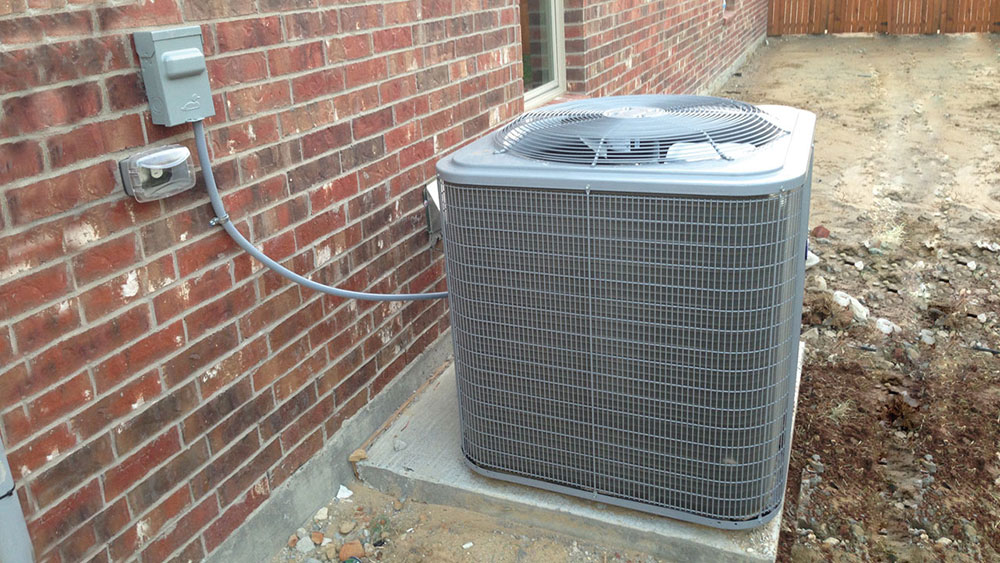
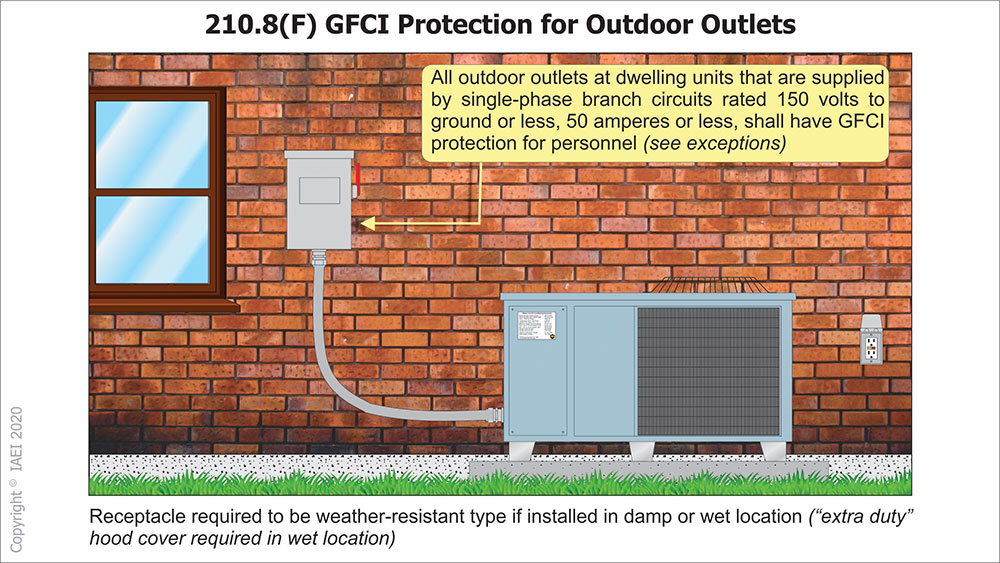
Implementation of Outdoor Outlet GFCI Protection Requirements
Since the adoption of the 2020 NEC in jurisdictions around the country, have there been any known and reported incidents involving GFCI protection of outdoor outlets at dwelling units and in particular 210.8(F)? While there have been some documented and reported issues with some A/C equipment, there have also been numerous installations where the GFCI protective devices for outdoor outlets (and particularly with outside A/C units) seems to be operating with no reported problems. In discussions with the A/C equipment manufacturers, it seems the high-efficiency units [those with power conversion equipment (primarily drives)] are the equipment that has or could have compatibility issues with GFCI protection.
Recent field installations performed in accordance with the 2020 NEC have demonstrated some random opening of the GFCI devices protecting outdoor outlets for ductless mini-split type units. Random GFCI tripping has also been reported with other A/C equipment employing power conversion equipment controlling the speed of the compressor.

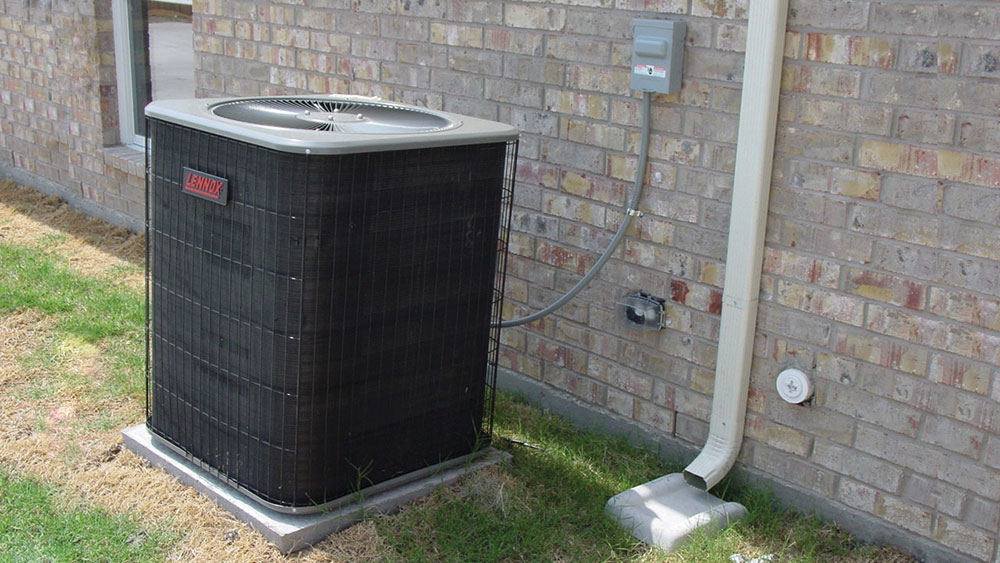
Tentative Interim Amendments (TIA)
To date, there have been (4) four Tentative Interim Amendments (TIA) filed with the National Fire Protection Association (NFPA) (owners and publishers of the NEC) concerning the 2020 NEC and 210.8(F). TIAs are amendments to an NFPA standard processed in accordance with Section 5 of the Regulations Governing the Development of NFPA Standards. TIAs have not been published in a First Draft Report and Second Draft Report for review and comment. A TIA is tentative because it has not been processed through the entire Code-making procedures. It is interim because it is effective only between editions of the Code (if it is upheld by the technical committee for that part of the Code). A TIA automatically becomes a public input of the proponent for the next edition of the Code; as such, it then is subject to all of the public review and procedures of the Code-making process. Each TIA must show and identify the problem with the language of the current Code section and also show substantiation of the known problem. The TIA must also demonstrate that it is of an emergency nature requiring prompt action prior to the issuance of the next edition of the NEC.
Two of these TIAs have already gone through the appeals process and did not pass the necessary ballot from the technical committee (CMP-2) to be issued by the NFPA Standards Council. The other two TIA are currently in the stage of seeking public comment with a closing date of July 19, 2021 (see TIA Log No. 1593 and TIA Log No. 1589). These TIA are not seeking to do away with GFCI protection for dwelling unit outdoor outlets. They are seeking a future implementation effective date of January 1, 2023 for mini-split-type heating/ventilating/air-conditioning (HVAC) equipment and other HVAC units employing power conversion equipment as a means to control compressor speed.
It should be noted that power conversion equipment is the term used to describe the components used in HVAC equipment that is commonly referred to as a variable speed drive. The use of power conversion equipment to control compressor speed differs from multistage compressor speed control. Once again, it is not the purpose of these TIAs to eliminate the GFCI protection for all HVAC outdoor equipment, but to extend the date of enforcement for the outdoor outlet supplying the HVAC units employing power conversion equipment.
In the substantiation of the emergency nature of TIA 1593, the submitter stated that the proposed TIA was intended to “correct a circumstance in which the revised NFPA Standard has resulted in an adverse impact on a product or method that was inadvertently overlooked in the total revision process or was without adequate technical (safety) justification of the action.” The submitter goes on to state that his jurisdiction has “already documented many cases of operational tripping occurrences which have been difficult for inspectors and electricians to resolve. The only solution at this time is for the AHJ to approve a temporary allowance for the installation of a circuit breaker without GFCI protection so that these HVAC units can operate.” “Delaying the implementation date allows for the affected stakeholders to reach a solution to the operational tripping occurrences and provides AHJs with the ability to permit installations of cooling equipment that is essential to the health and safety of residents in warm climates.”
Conclusion
While this expanded GFCI protection for outdoor outlets at dwelling units is justified and a clear enhancement to safety, it is also clear that not all product standards for utilization equipment connected to these outdoor outlets has been harmonized with this GFCI protection. Until those product standards are harmonized, designers, installers, AHJs, and consumers may be forced to choose between a Code-compliant installation and an operational installation. Perhaps more time is needed for the NEC, product standards, and product certifications to be harmonized on these GFCI related issues. While some electrical equipment and products effected by this new dwelling unit outdoor outlet GFCI requirement will function effectively and properly, there is no assurance that all equipment will. Without establishing proper levels on things such as leakage current limitations on products such as mini-split-type HVAC equipment and other HVAC units employing power conversion equipment as a means to control compressor speed, there is no assurance that these affected products will operate properly when GFCI protection is provided as well. The adoption of the latest edition of the Code (2020 NEC) is always the path that serves the general public the best from a safety standpoint. Let’s hope 210.8(F) does not cause local jurisdictions to adopt amendments or amendments with future effective dates when considering adoption of the 2020 NEC.

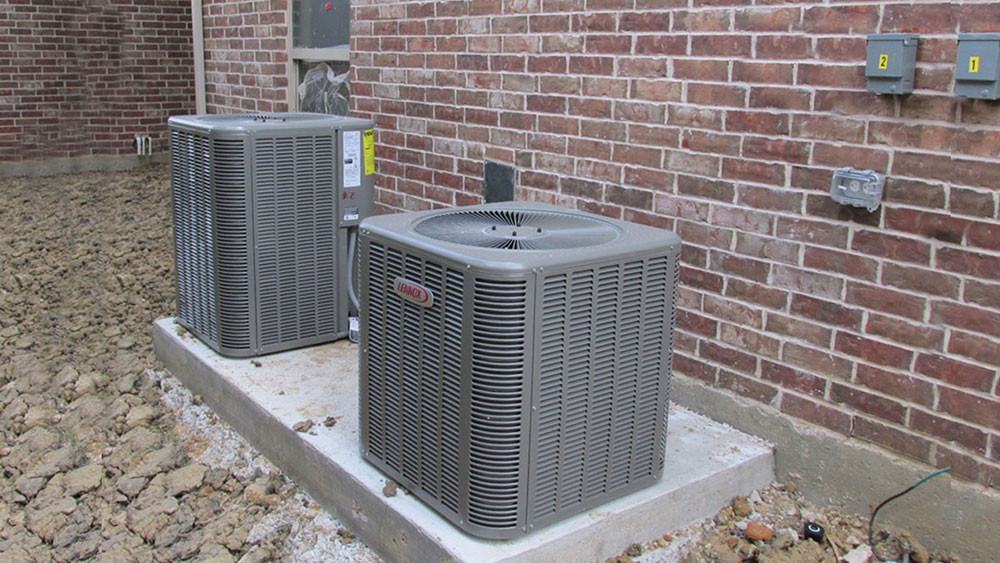







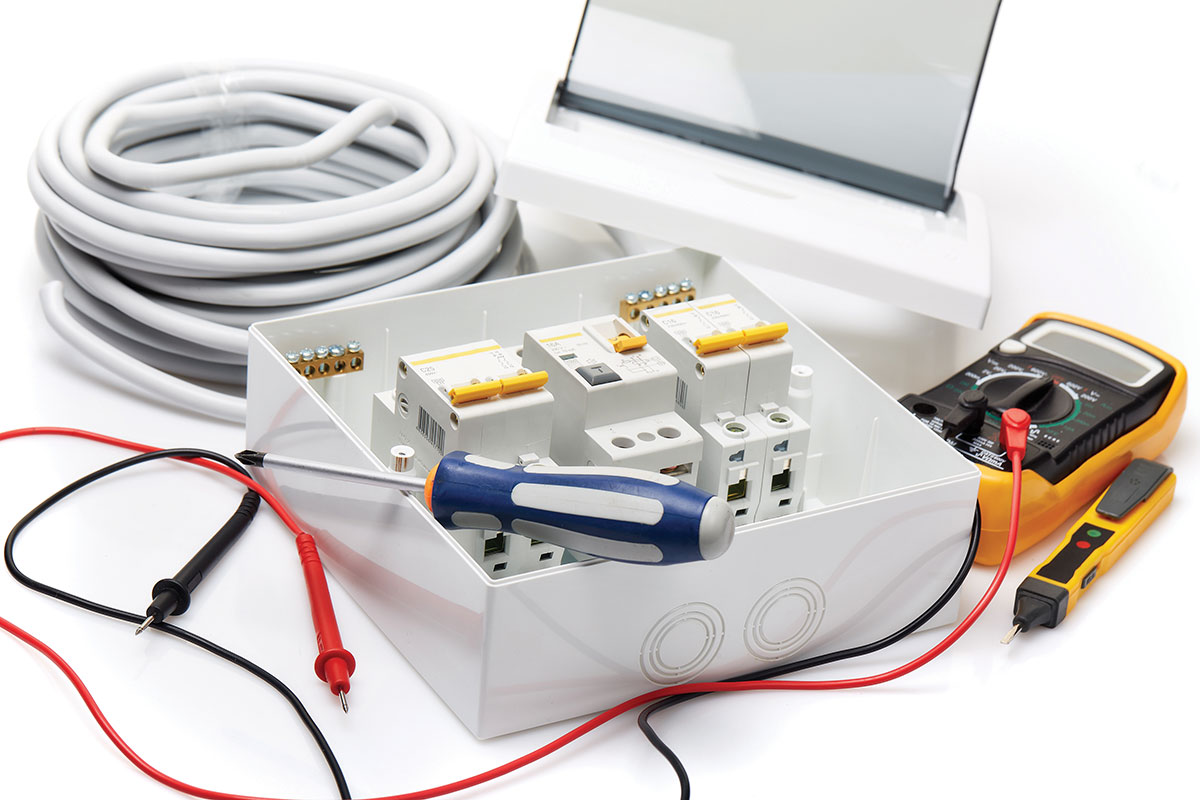

Find Us on Socials